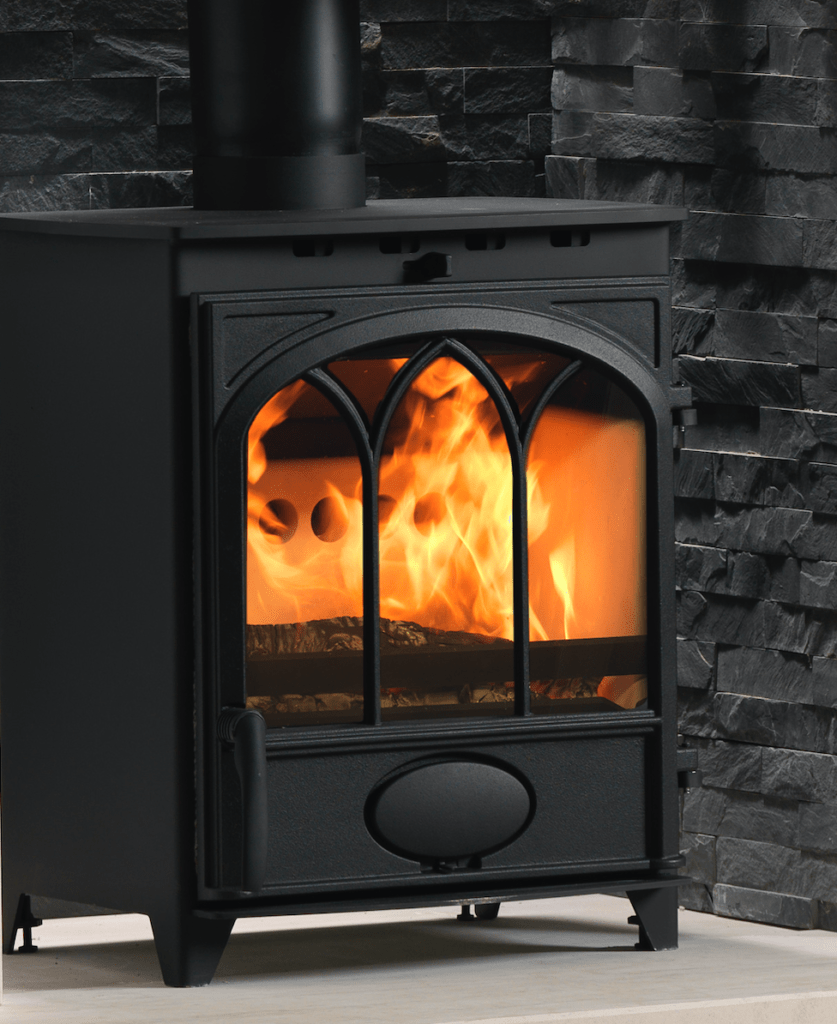The new Labour government announced this week that winter fuel payments will now not be paid to pensioners who are not in receipt of benefits.
This means around 10 million pensioners in England and Wales will no longer receive a winter fuel payment. This end is set to come into force by the autumn. Winter fuel payments currently range from £100 to £300. These payments were introduced back in 1997 to help pensioners with fuel costs.
The winter fuel payments will specifically be available to people receiving pension credit. Pension credit is paid if you have an income of less than £218.15 a week or £332.95 as a joint weekly income with your partner. You may still be eligible for winter payments if you’re disabled, care for someone, or have housing costs.

How much is winter fuel payment?
The current winter fuel payment is £200 for households receiving pension credit where occupants are all under 80. If someone is over 80 in the household, it increases to £300. Before now, winter fuel payment was paid for those born before 25 September 1957, where they would have received £200. Those born before 25 September 1943 would have got £300.
Keeping warm
With the changes to winter fuel payments set to come into force in a matter of months, it will mean some will need to become more efficient and conscious of how they heat their home. Rest assured, if this is you, we have suggestions which will help.
Here are five simple things you can do to save money, lower your carbon footprint and keep warm:
1. Thick Curtains – One of the best ways to keep your home warm in the winter is to have thick curtains. Many homes, especially those that don’t have double glazing, will lose a considerable amount of heat through windows. As curtains are designed to cover windows, it makes perfect sense to ensure you have thick curtains for the winter. Some curtains do have thermal linings, so you don’t necessarily need to go ultra-thick to keep warm.
2. Chimney Balloons – If you have a chimney with an open fire that you no longer use, then you should consider investing in a chimney balloon. Unless you have a gas fire or wood burning stove fitted, then you will be wasting a great deal of heat through an exposed, open fire – as the heat will quickly find its way up the chimney. Chimney balloons cost from £20 and are a very quick and easy fix to creating a warmer home by blocking heat from exiting up the chimney!
3. Giving Radiators Space – Make sure you keep your radiators away from the furniture. Having your sofa right up against the radiator may look cosy, but it will absorb a great deal of heat. Giving your radiator a little space will allow all the heat to warm the room up. You can also further help a radiator become even more efficient by fitting reflective foil at the back, allowing it to reflect heat away from the wall it sits on back into the room.
4. Small Drafts – There are a number of small drafts around the home, which can all contribute to heat loss. Examples are letterboxes, where brush closers are ideal for stopping junk mail leaflets and also stopping excessive drafts. Keyhole covers are great at stopping drafts through keyholes – especially with older homes, which may have more traditional, larger locks fitted. Small drafts in windows can be tackled by fitting double-glazing film, which, although it is not as good as the real thing, is a great deal cheaper.
5. Cover Bare Floors – Did you know that floors that are not insulated can account for up to 12% of total heat loss in a room? If you do not want to use carpet in a room, then using a rug or mat will help.
You may be missing out on the winter fuel payment this year, but a few simple tips can make all the difference.








